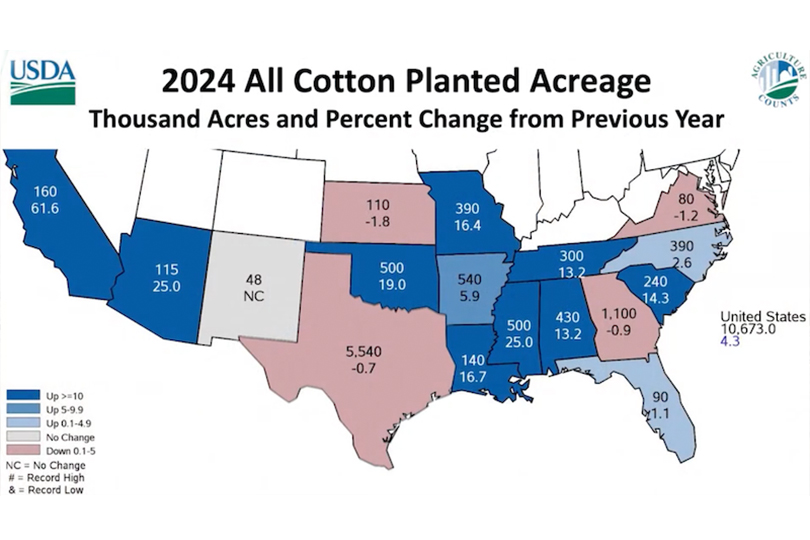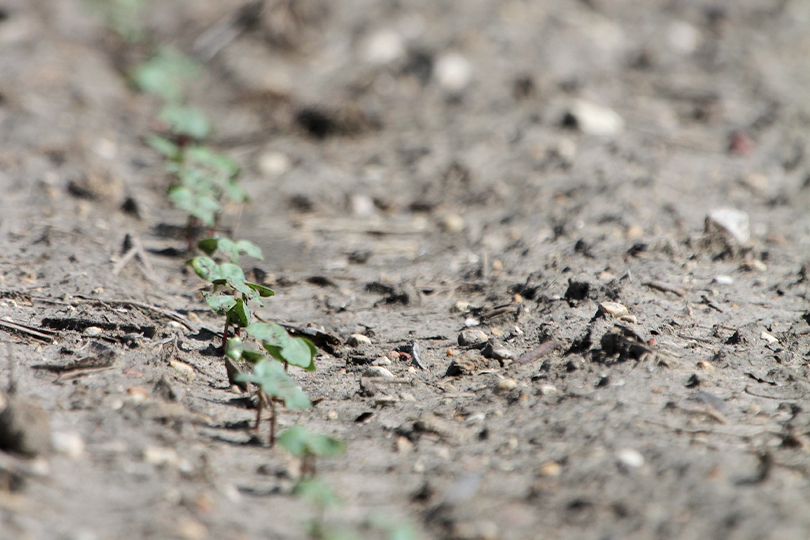By Emmy Powell
Communications Specialist
Cotton farmers on the South Plains of Texas need a good crop this year after consecutive years of drought and high winds have decimated their crops.
Lamb County cotton farmer Ricky Yantis is anticipating starting planting in early May and said this year is looking like the last few years.
“It’s challenging. We haven’t received much precipitation at this point,” Yantis told the Texas Farm Bureau Radio Network. “Our irrigation is dwindling, so we must manage that, as well.”
Farmers across the state have been challenged with dry conditions this year, but central and eastern parts of the state have received above average moisture so far this spring.
But cotton farmers aren’t the only ones suffering from the drought’s lasting impacts.
Crucial infrastructure like cotton gins are facing tough times, too.
In fact, the number of cotton mills in the U.S. has fallen from nearly 900 in 1893 to about 100 today, according to National Cotton Council estimates.
“Smaller cotton crops not only impact farmers who are already facing a challenging time due to weather conditions and high input costs, but also those local economies and jobs that rely on cotton,” said Brant Wilbourn, Texas Farm Bureau associate director of Commodity and Regulatory Activities. “As less cotton is produced, downstream users—gins, warehouses, shippers—will have less cotton to oversee, and that leads to a loss of economic activity.”
This year’s cotton crop could be smaller anyway. The U.S. Department of Agriculture’s recent crop estimates shows Texas farmers intend to plant 5.5 million acres, down about 1% from last year.

“That doesn’t factor in abandonment rates, which depending on the weather could be high,” Wilbourn said.
But Yantis remains hopeful for the growing season.
“We just pray for rain and hope that the good Lord continues to bless us,” he said.


Leave A Comment